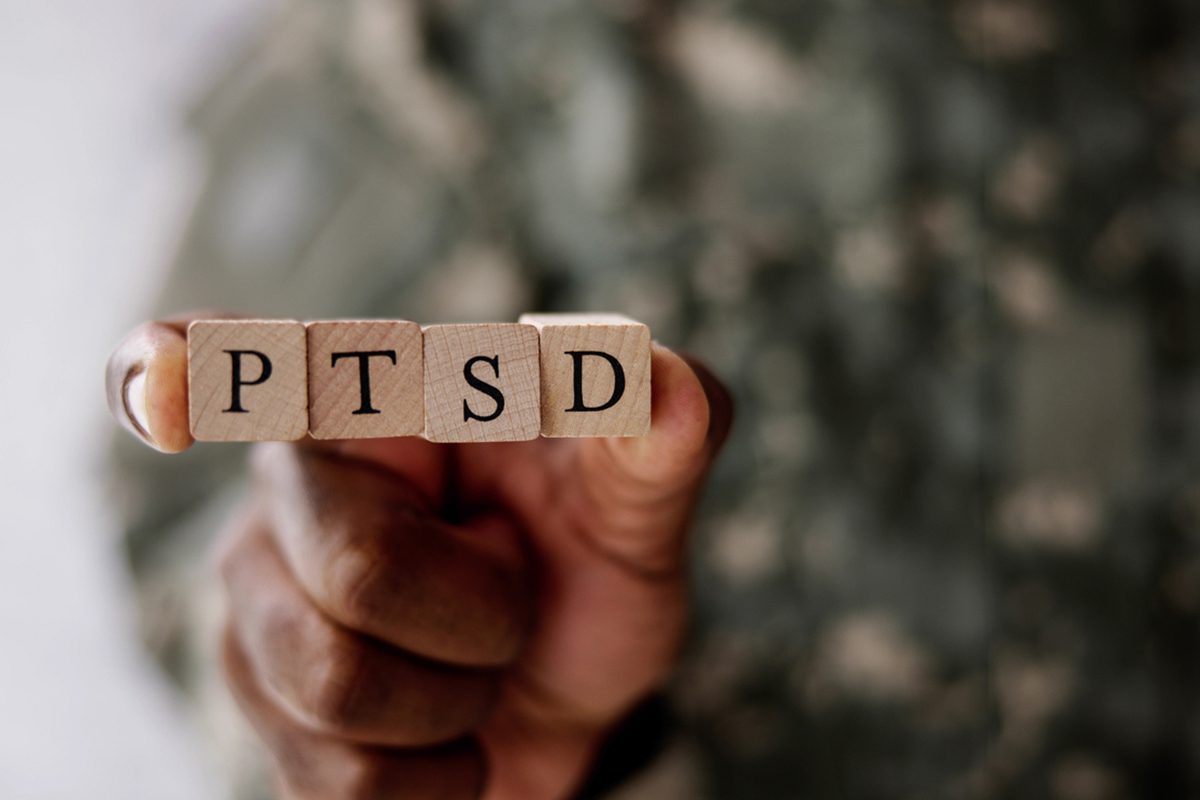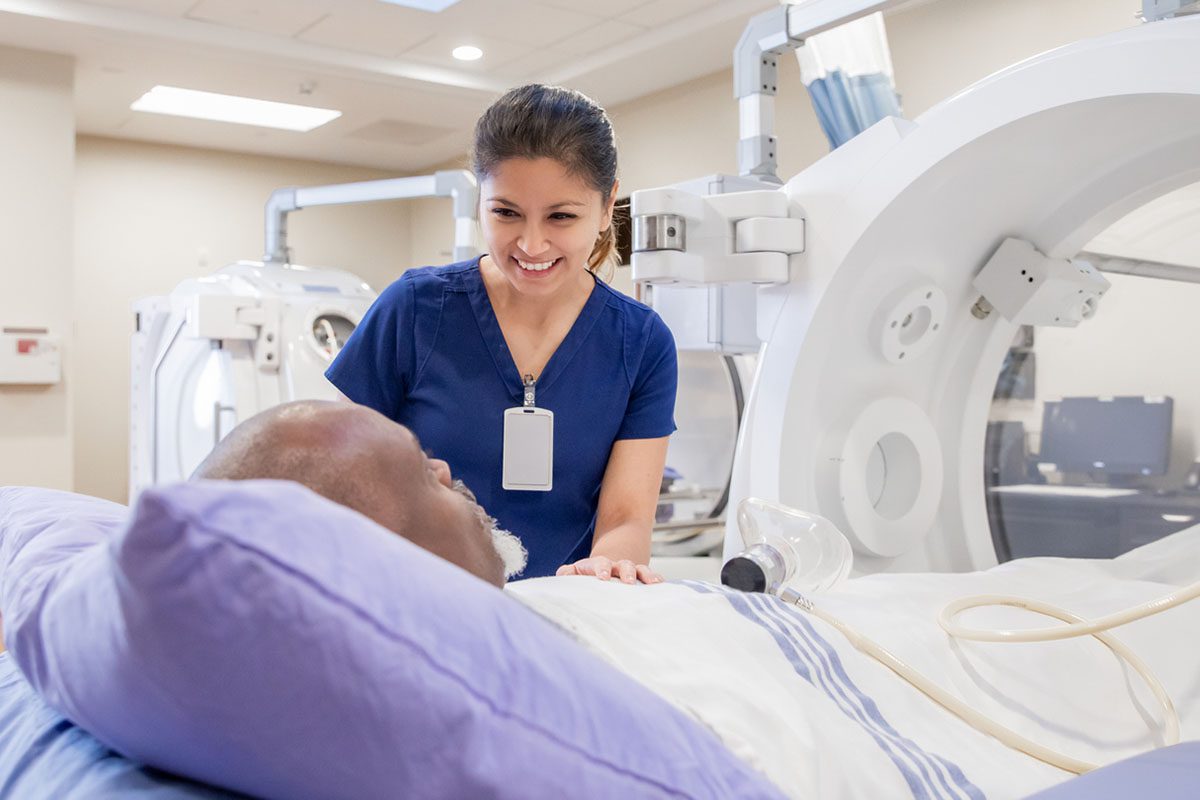Objective: To examine effects of gender and trauma type on response to treatment with venlafaxine extended release (ER) or placebo in patients with posttraumatic stress disorder (PTSD).
Method: Data were pooled from 2 flexible-dose, parallel-group, randomized, double-blind, placebo-controlled trials: a 12-week trial conducted in the United States (March 2001 to December 2002) and a 24-week trial conducted in 12 countries outside the United States (October 2001 to December 2003). Six hundred eighty-seven outpatients with DSM-IV-diagnosed PTSD and a 17-item Clinician-Administered PTSD Scale abbreviated 1-week Symptom Status version (CAPS-SX-17) score >= 60 were randomly assigned to treatment with venlafaxine ER (37.5 mg/day-300 mg/day, N = 340) or placebo (N = 347). The primary efficacy end point was the CAPS-SX-17 total score at week 12. Secondary end points included CAPS-SX-17 cluster scores for reexperiencing, avoidance/numbing, and hyperarousal and scores on the Connor-Davidson Resilience Scale (CD-RISC), Clinical Global Impressions-Severity of Illness scale, Sheehan Disability Scale (SDS), and 17-item Hamilton Rating Scale for Depression (HAM-D-17). Analysis-of-covariance models were used to test for differences by gender and trauma type (accidental injury, combat, nonsexual abuse, adult sexual abuse, childhood sexual abuse, unexpected death, and other), treatment (venlafaxine ER vs. placebo), and the treatment-by-trauma-type interaction.
Results: Using last-observation-carried-forward analysis, significant effects of treatment with venlafaxine ER were found on the CAPS-SX-17 total score and on all CAPS-SX-17 cluster scores and most other secondary measures. No significant treatment-by-gender interactions were observed. Trauma type significantly affected treatment responsiveness on symptom-related disability (SDS, p = .0057) and resilience (CD-RISC, p = .0012), with a nearly significant effect on depression (HAM-D-17, p = .0625).
Conclusion: Overall, there does not appear to be a significant effect of gender on the efficacy of venlafaxine ER in the treatment of PTSD. Trauma type may affect treatment outcome but seems to affect domains such as disability and resilience more than core PTSD symptoms.
Please sign in or purchase this PDF for $40.00.
Save
Cite




